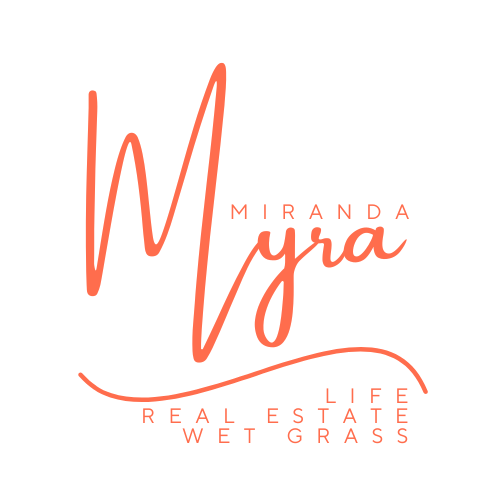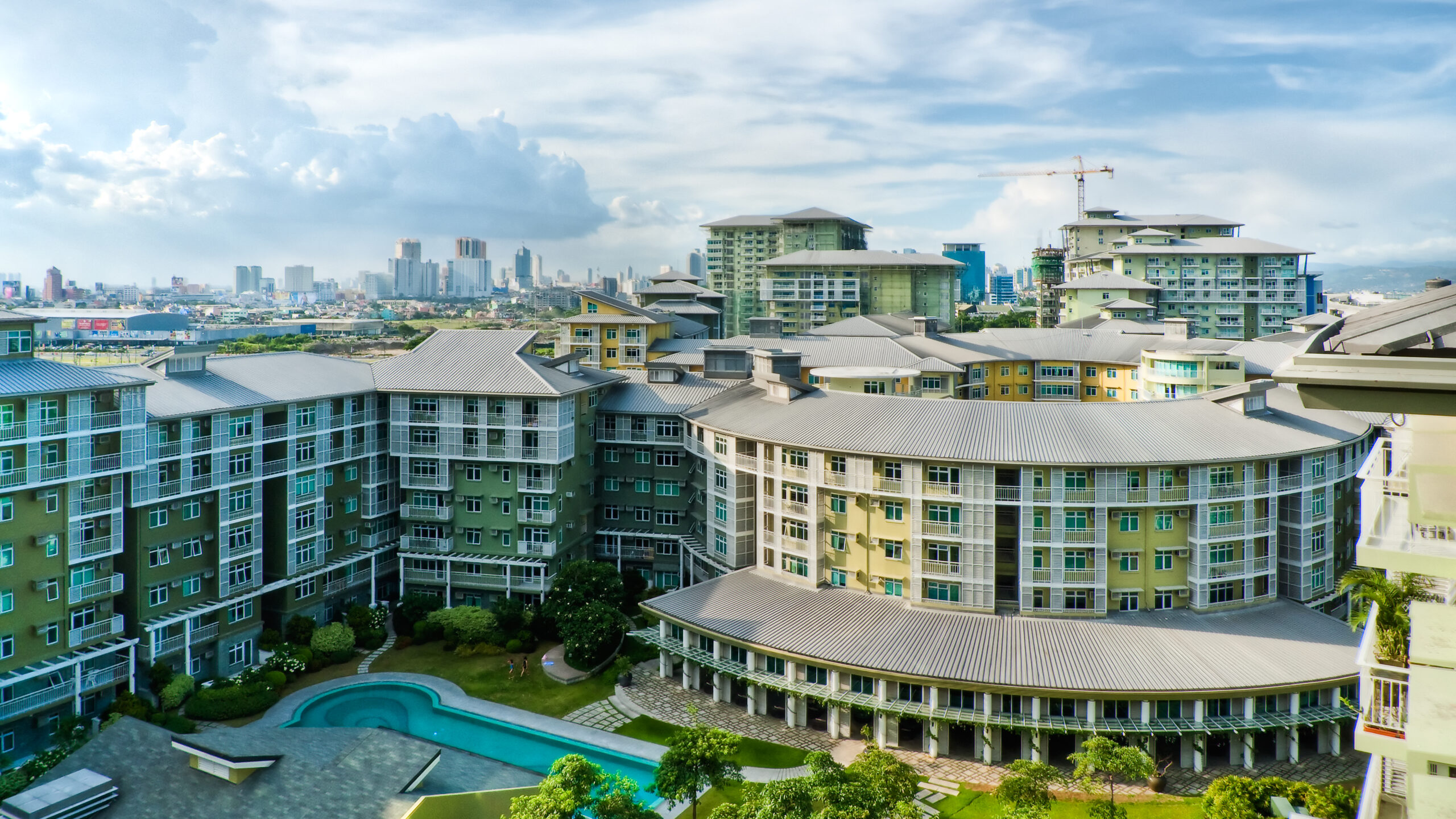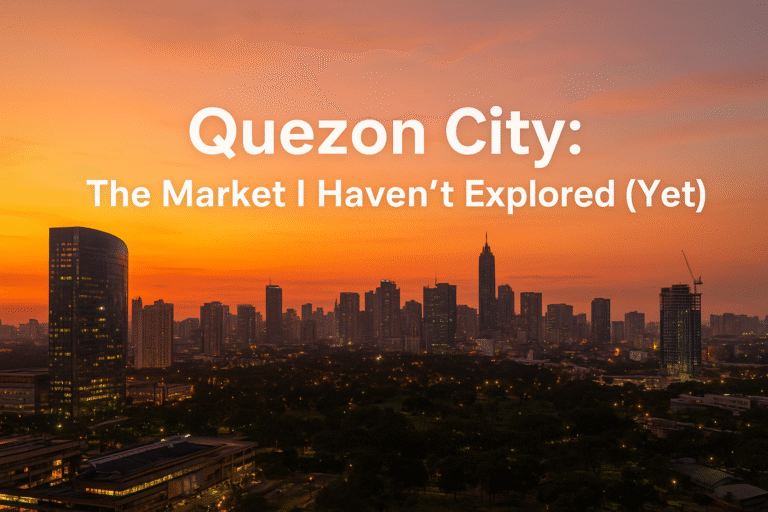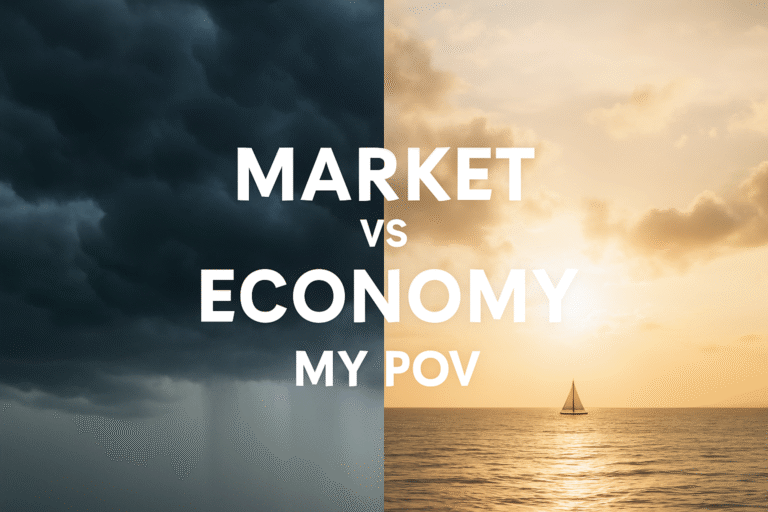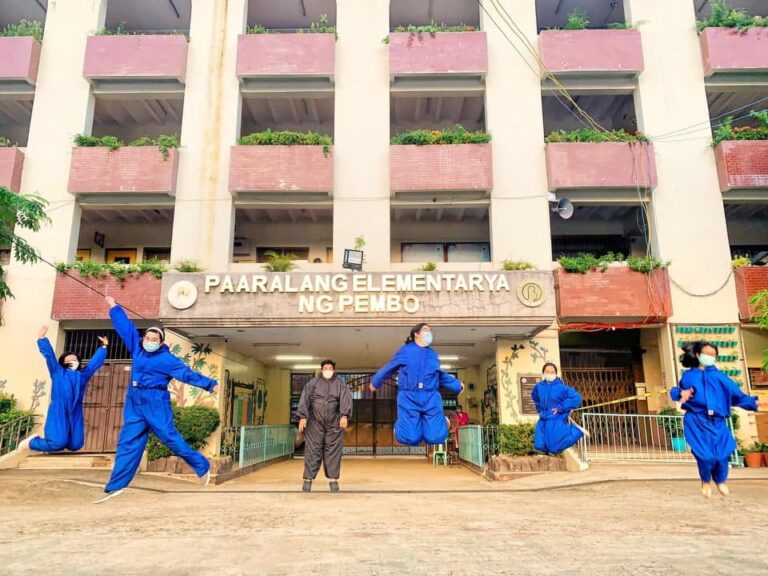If I remember correctly, my very first Serendra sale was actually in 2011—a 2-bedroom unit at Red Oak, one of the high-rise phases. It was a 92 sqm unit priced at around ₱9M back then.
When I started in 2005 though, I was focused on Makati projects. My booth manning assignments were always at Glorietta, so I didn’t really sell Serendra during its earliest days (haha). But I still remember those times clearly, so ikwento ko na din.
I had groupmates who were Serendra-focused, so from time to time we’d also visit the Serendra Pavilion.
The Pavilion stood exactly where the high-rise buildings are now. At the center was a massive scale model of the entire 12-hectare Serendra development—raised on a pedestal, like the centerpiece of a museum. From there, they would point out specific units, show the client the orientation, the view (garden, Market! Market!, or future BGC developments), and whether it faced North, East, West, or South.
They also had model units, which helped clients really imagine themselves living there. And of course, there was the coffee area, where they would sit down with clients to go over computations and close the deal.
Since my focus was Makati, I usually asked my Serendra groupmates to help present. But those times were rare, because whenever I had inquiries about BGC (or The Fort, as it was called then, from Fort Bonifacio), I often ended up convincing clients that Makati was the better choice. After all, the prices were about the same—but Makati already had everything, while The Fort still had nothing back then.
What made Serendra stand out was its 65% open space, very rare for developments in Metro Manila. It was envisioned as a green, low-rise community in the middle of what would one day become a bustling city. The Serendra Piazza (now called Shops at Serendra) gave residents dining and retail options—an early glimpse of the lifestyle that Ayala Land promised BGC would offer.
In 2006, our office moved from Ayala Tower One in Makati to Bonifacio High Street. Back then, there weren’t many shops yet, very establishments. But little by little, nakikita namin that the masterplan was unfolding. What once existed only in presentations and brochures was starting to take shape in real life.
Fast forward to the present—2025—and the transformation is staggering.
- In 2005, property values in BGC were around ₱80K to ₱100K per sqm. Today, preselling projects are already at ₱450K to ₱600K per sqm—and BGC is still only about 55% developed. There’s more room for growth and capital appreciation.
- A 2-bedroom Serendra unit that cost about ₱7M in 2005, then about ₱9M in 2011, now commands around ₱40M for a similar preselling condo in BGC for the same size.
- Even in the secondary market, we can find resale of 2-bedroom units at ₱24M to ₱30M—about triple the original purchase price for early buyers.
Looking back, it’s amazing to think that what once felt like “empty land with potential” has now become one of the most dynamic districts in the Philippines. Serendra proved the vision of BGC, and those who trusted it early were rewarded—not just financially, but with a lifestyle that was years ahead of its time.
And personally, because of what I saw happen in BGC, I’ve become very confident whenever Ayala Land launches a new estate. From the vision to the masterplan to the execution, I’ve seen how they follow through.So when Ayala launched Nuvali in 2007, Arca South, Alviera, and Vermosa, I was passionate and confident in sharing these with clients, knowing they would be developed fully. I’ll admit, I wasn’t always sure how to market places like Vertis North or Parklinks along C5, or other Ayala estates in Luzon, Visayas, and Mindanao—but because I know how Ayala plans and delivers, if a client chooses to invest there, hindi ko naman kayo pipigilan… go!
